Impressive performances can’t save ‘The Sisters Brothers’ from tonally confused mediocrity
With a cast headlined by Hollywood A-listers like Joaquin Phoenix and Jake Gyllenhaal, “The Sisters Brothers” seemed to promise to rekindle the dying western genre with a throwback to the classics from the golden age of cinema. Though the cast may have given their all, “The Sisters Brothers” doesn’t quite seem to hit all the marks necessary to inspire a western renaissance.
Based on the 2011 Patrick DeWitt novel of the same name, “The Sisters Brothers” follows Charlie and Eli Sisters in their journey as they attempt to track down and kill Hermann Kermit Warm, (Riz Ahmed) a chemist who has made a miraculous discovery which greatly expedites the gold prospecting process. Along the way, they run afoul of shady characters, yet for the most part, their struggles aren’t against external forces, but with each other.
John C. Reilly plays Eli Sisters, the older and more tender-hearted of the pair. Eli is awkward and seemingly inexperienced in the world of bloodshed that surrounds them, which makes him a stark contrast to his younger brother Charlie (Joaquin Phoenix). Where Eli is conservative and almost meek at times, Charlie is a brazen, drunken husk of a man who spends more time getting in bar fights and throwing up than actually helping his brother on jobs. This central dynamic between Reilly and Phoenix is one that greatly adds to the film’s believability, and their relationship (although taken to extremes at times) is one that’s reflective of day-to-day sibling rivalries.
The other relationship central to the film is that between Jake Gyllenhaal’s John Morris and Riz Ahmed’s Hermann Warm. Without giving too much of the plot away, Morris and Warm start out as adversaries, but quickly come to realize that their interests align. Their dynamic (like that of the Sisters brothers) is one that drives the central emotional narrative of the film, and the best scenes of the movie are the ones where all four characters are on screen together.
In addition to the stellar cast, the other aspects of “The Sisters Brothers” that I found enjoyable were the excellent cinematography and gritty realism. Though the bloodshed almost teeters on the verge of body horror at times, the grotesque realism with which the various ailments in the film are shown adds to the gravity and believability of the somewhat outlandish scenarios.
That being said, the greatest weakness of the film is its inability to pick and stay with a tone. One scene will be a looney-toons esque bar fight, but the next will cut to a deep, introspective character moment. The jarring shifts between comedy, realism, and drama make it difficult to immerse oneself in “The Sisters Brothers”, and being distracted by the tonal shifts also drew much of my focus away from the plot as a whole.
In the end, “The Sisters Brothers” has its strengths – a strong set of central characters, an impressive production value and an engaging source material. However, it falls flat when it comes to the making the most of its premise, which results in an well-made but forgettable western.

Lauren Coates is a senior and a first year headlines reporter for Metea Media. She loves all things pop culture, including music, TV, movies, and celebrity...

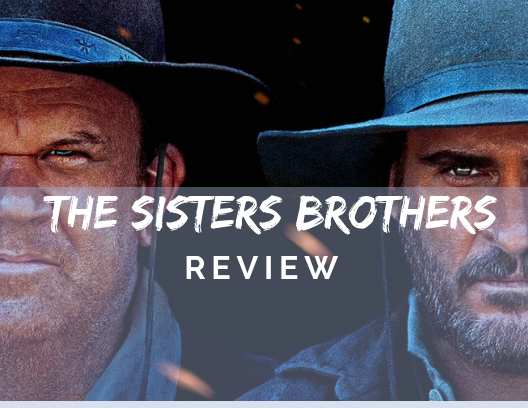
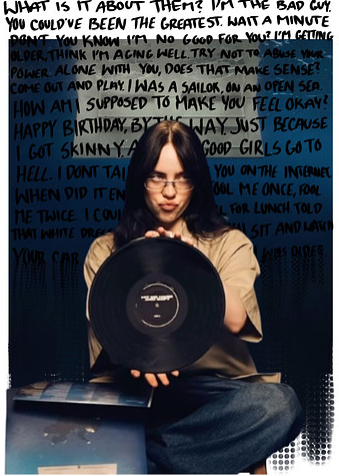
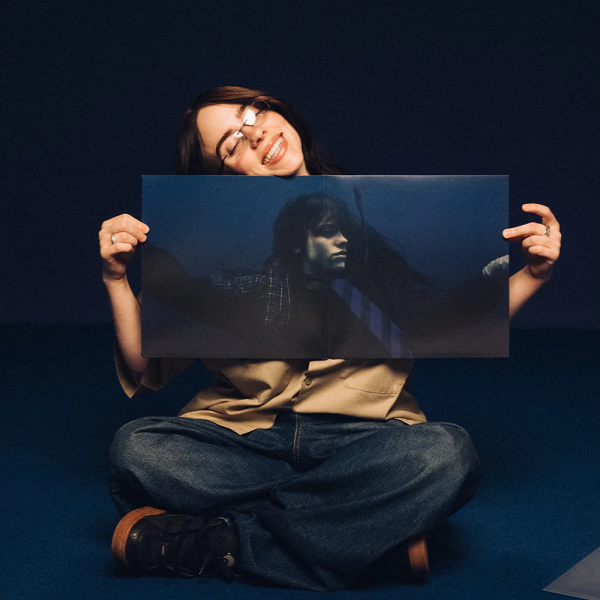

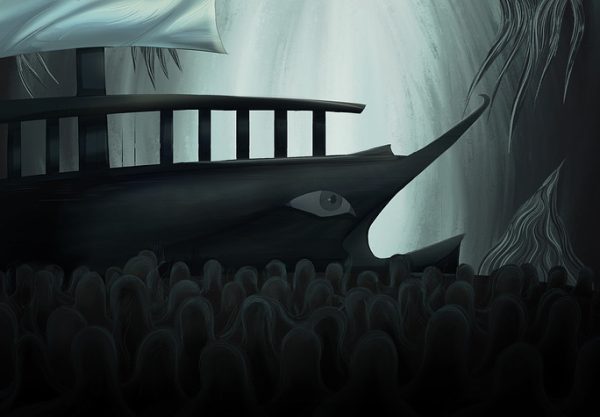
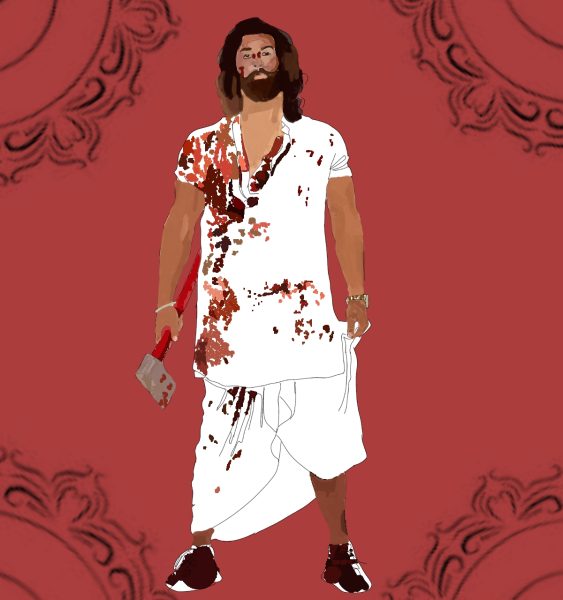

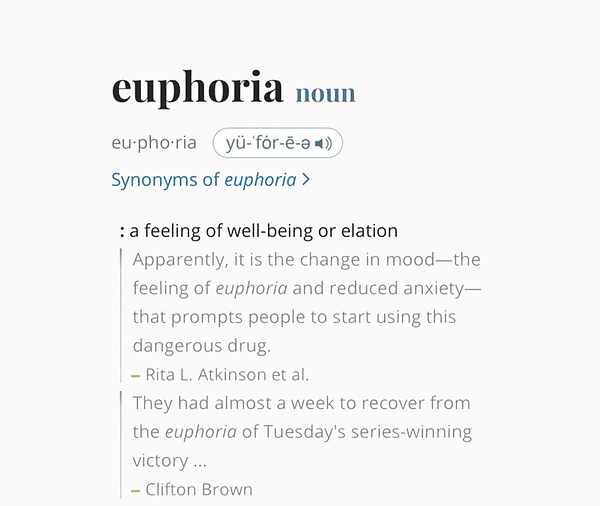
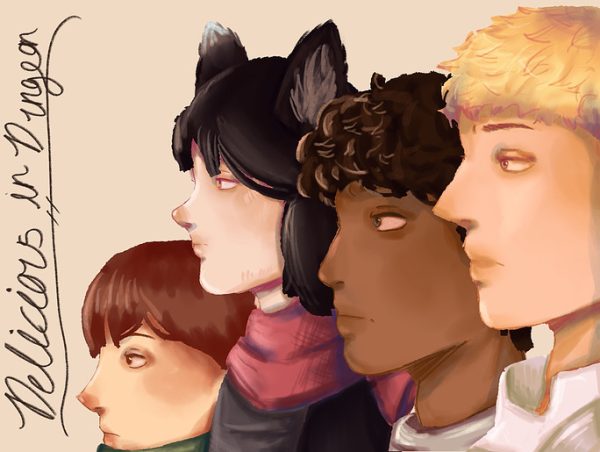


darkstripe • Oct 23, 2018 at 4:14 pm
“tonally confused mediocrity” whoa there I didn’t come to metea media to find a description of myself
Abby • Oct 23, 2018 at 8:44 am
But nobody watches these movies
What the heck • Oct 23, 2018 at 8:04 am
I mean just from the title alone you can tell that this movie is a train wreck. “The Sisters Brothers” doesn’t even make sense. How Hollywood executives think they can get away with this is baffling.